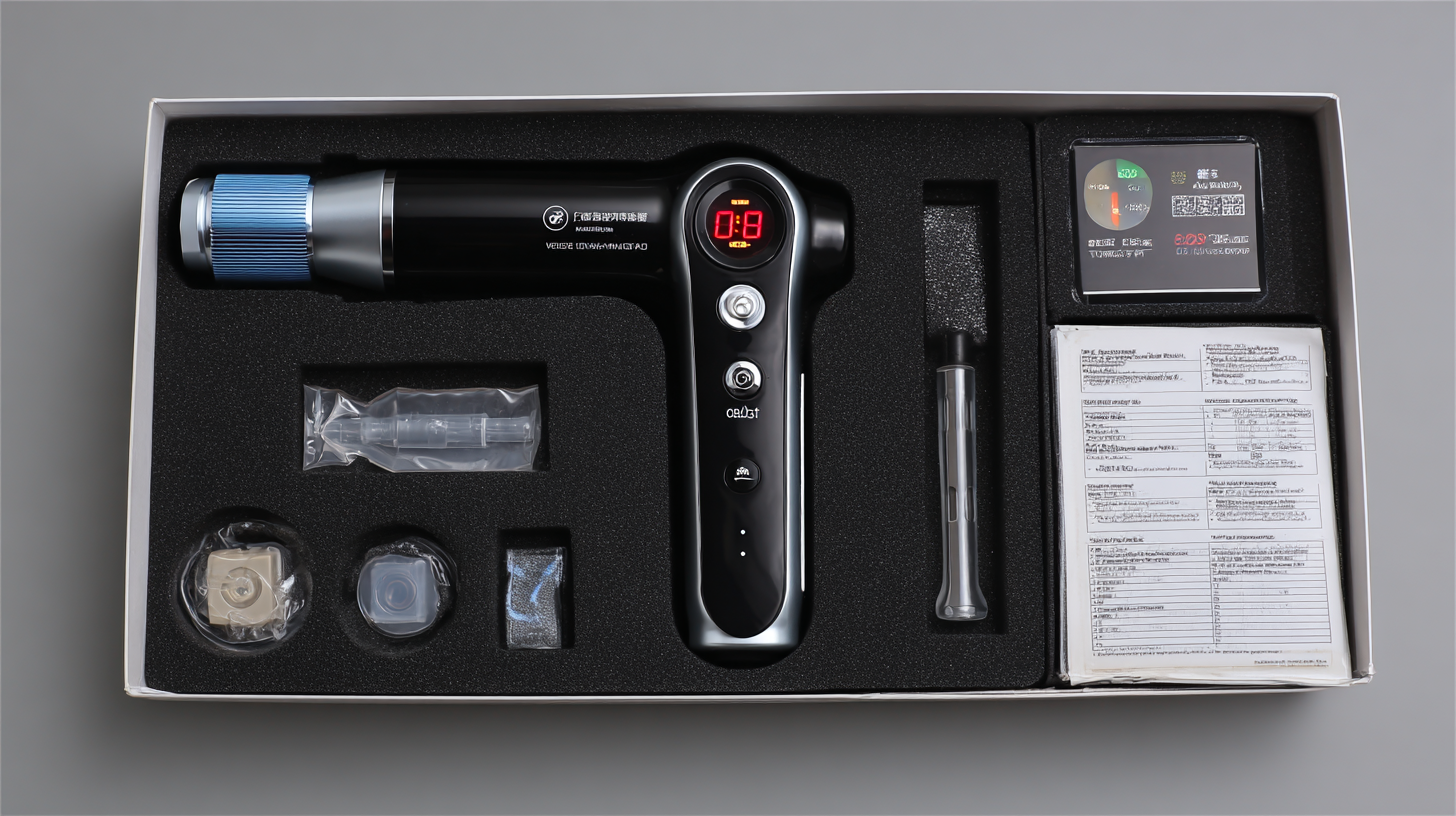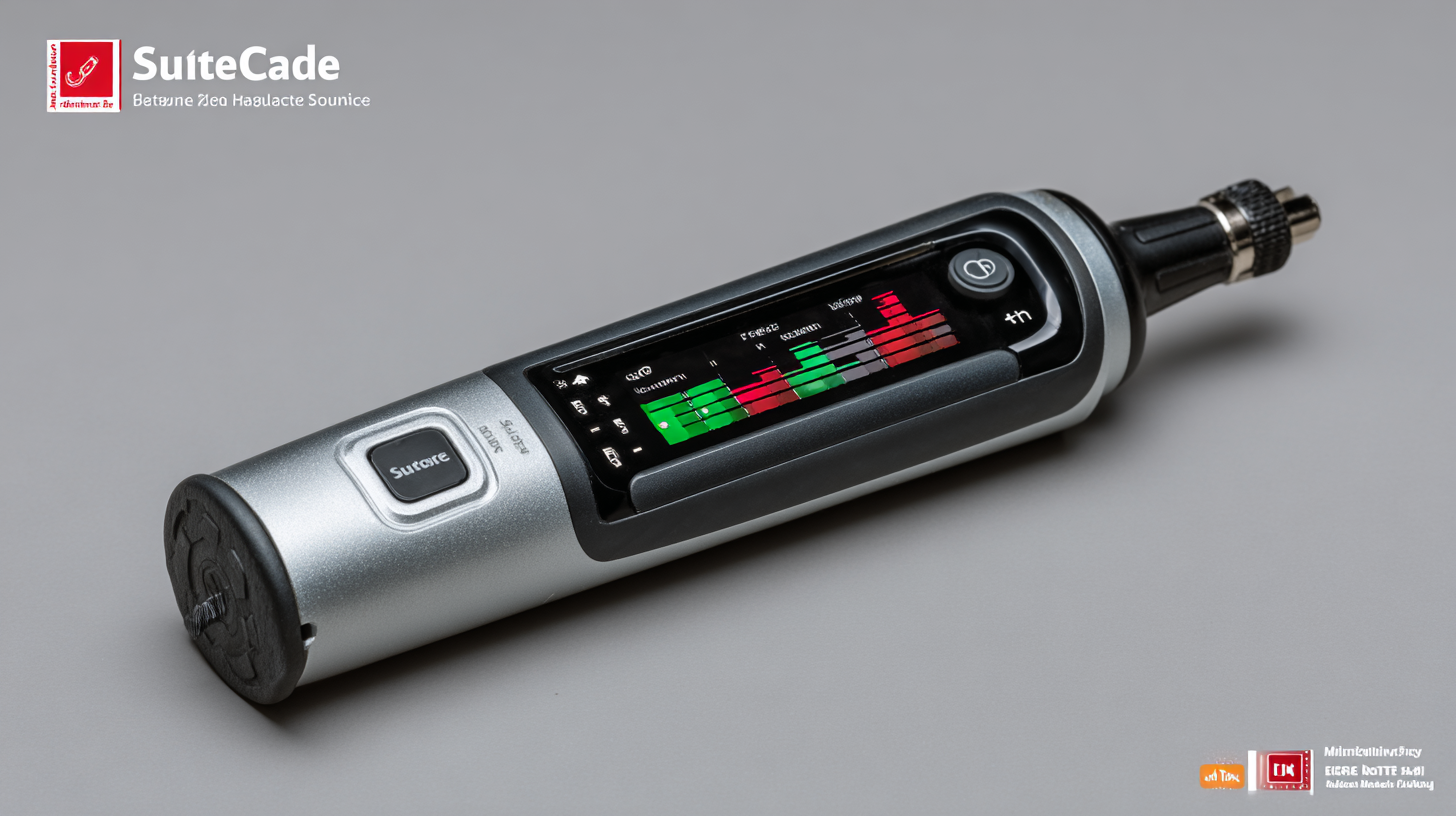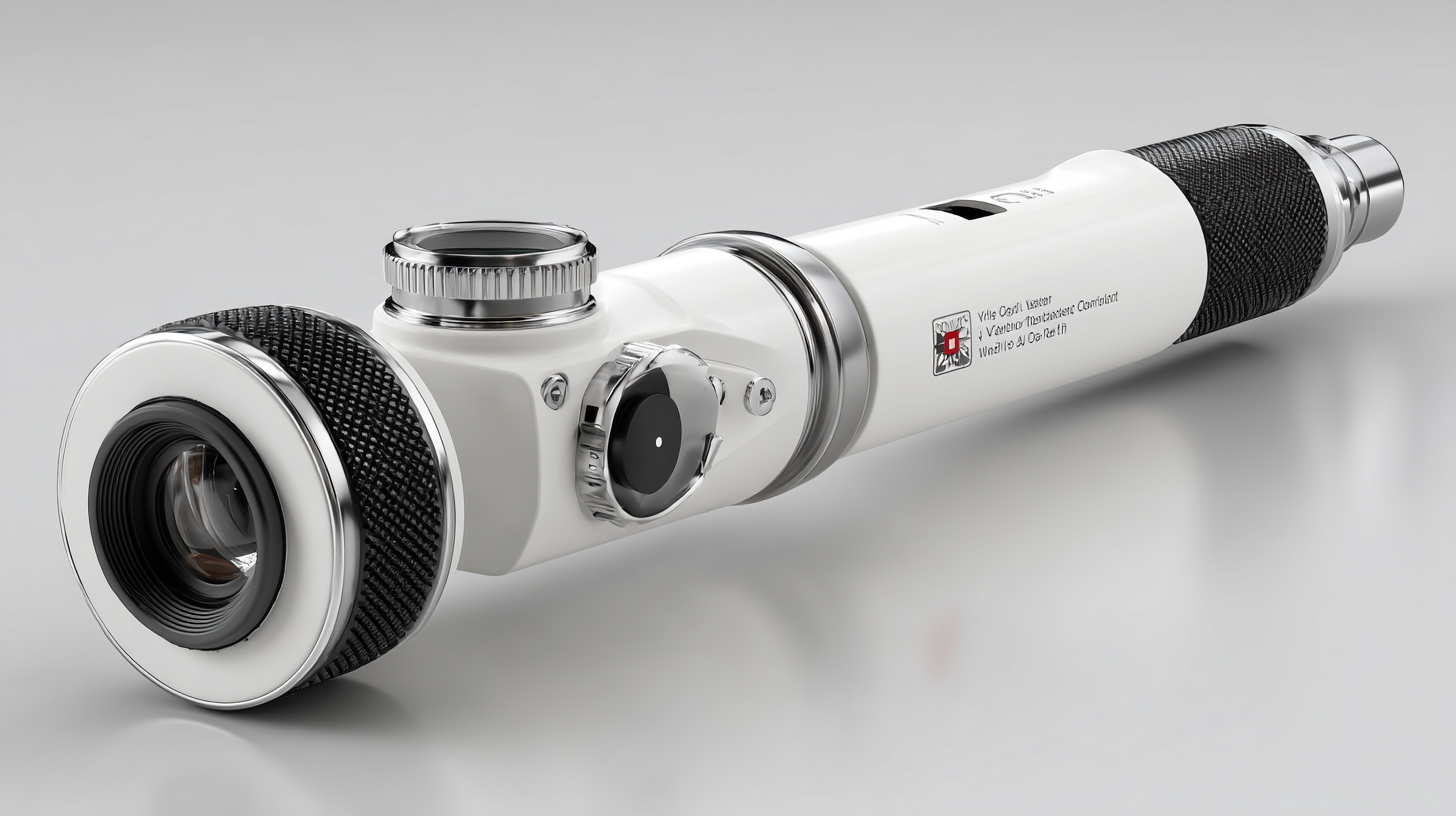Maximizing Value with Best Veterinary Otoscope After Sales Support and Maintenance Cost Insights
In the realm of veterinary practice, the use of advanced diagnostic tools such as the Veterinary Otoscope is essential for ensuring optimal animal health care. However, the initial purchase price of these sophisticated instruments represents just the beginning of a larger financial commitment. To maximize the value of your investment, it is crucial to understand the implications of after-sales support and maintenance costs. This blog will explore a comprehensive checklist that veterinary professionals can use to evaluate the long-term costs associated with their otoscope, shedding light on the importance of reliable customer support, regular maintenance, and potential repair expenses. By delving into these critical factors, practitioners can make informed decisions that enhance their operational efficiency and ultimately improve patient outcomes.

Understanding the Importance of After Sales Support in Veterinary Otoscopes
After sales support is a crucial factor when investing in veterinary otoscopes. These specialized tools are essential for diagnosing ear conditions in animals, but their effectiveness can be significantly impacted by the level of support provided post-purchase. Veterinary professionals need to feel confident that they have access to knowledgeable technicians and timely assistance should any issues arise with their equipment. A strong after sales support system can enhance the longevity and reliability of the otoscope, ultimately improving patient care.
Moreover, understanding the maintenance costs associated with veterinary otoscopes is vital. Regular maintenance not only prolongs the life of the device but also ensures that it performs at optimal levels. A reputable supplier will offer comprehensive maintenance plans and provide clear insights into the costs involved. By investing in an otoscope with robust after sales support and clear maintenance guidelines, veterinarians can minimize unexpected expenses while maximizing the tool’s effectiveness in their practice. This attention to after sales support can translate into better health outcomes for animals and increased trust from pet owners in veterinary services.

Analyzing Maintenance Cost Trends for Optimal Veterinary Equipment Usage
In the veterinary field, maintaining high-quality diagnostic equipment such as otoscopes is crucial to delivering effective care. Analyzing maintenance cost trends can provide vital insights into optimizing the usage of these instruments. According to a 2022 report by the American Veterinary Medical Association (AVMA), regular maintenance can extend the life of an otoscope by up to 30%, significantly reducing the overall expenditure on replacements. Veterinary practices that adopt a proactive maintenance schedule often report a decrease in unexpected equipment failures, leading to increased operational efficiency and client satisfaction.
Moreover, a study published in the Journal of Veterinary Science indicated that practices investing in comprehensive after-sales support and routine check-ups saw a 25% reduction in long-term maintenance costs. This can be attributed to early detection of potential issues and timely repairs, which not only prolong the lifespan of the equipment but also minimize downtime. By focusing on these cost trends, veterinary professionals can make informed decisions that enhance their practice's value while ensuring they provide the best possible care for their patients.
Maximizing Value with Best Veterinary Otoscope After Sales Support and Maintenance Cost Insights
| Otoscope Model | Initial Cost ($) | Annual Maintenance Cost ($) | Average Lifespan (Years) | Total Cost of Ownership ($) |
|---|---|---|---|---|
| Model A | 500 | 50 | 5 | 750 |
| Model B | 700 | 70 | 6 | 1120 |
| Model C | 600 | 40 | 7 | 840 |
| Model D | 800 | 60 | 8 | 1440 |
Evaluating the Impact of Manufacturing Quality on Veterinary Otoscope Performance
The performance of veterinary otoscopes is significantly influenced by the quality of manufacturing, which in turn affects their efficiency and longevity in clinical settings. According to a report by the Veterinary Medical Equipment Manufacturer’s Association, devices made with high-grade materials can improve diagnostic accuracy by up to 25%, allowing veterinarians to detect ear diseases earlier and more effectively. This highlights the critical need for practitioners to prioritize quality when selecting otoscopic equipment.
Furthermore, a comprehensive study published in the Journal of Veterinary Technology indicated that the total cost of ownership for veterinary otoscopes, including maintenance and repairs, is largely determined by the initial quality of the device. Otoscopes manufactured with superior craftsmanship demonstrated a 40% reduction in maintenance costs over five years compared to lower-quality alternatives. This not only saves veterinary practices a substantial amount of money but also ensures consistent performance, thereby enhancing the overall health outcomes for animal patients. Investing in high-quality otoscopes is not just about immediate benefit; it reflects a longer-term strategy for efficiency and excellence in veterinary care.
Best Practices for Enhancing Veterinary Equipment Longevity and Functionality
Investing in veterinary equipment like otoscopes is crucial for enhancing diagnostic capabilities in practices. However, to truly maximize the value of these tools, it is essential to prioritize maintenance and after-sales support. According to a recent industry report by the American Animal Hospital Association (AAHA), over 70% of veterinary professionals reported that regular maintenance significantly extends the lifespan of their equipment. Simple practices, such as routine cleaning and prompt servicing, can prevent common malfunctions, ensuring that the device operates at peak performance.
Moreover, establishing a relationship with a reliable supplier can provide access to vital after-sales support. A study by the Veterinary Practice Management Association (VPMA) indicates that practices with ongoing vendor support see a 25% decrease in equipment downtime. This is critical, as downtime not only affects productivity but can also lead to decreased patient satisfaction. By understanding the importance of these best practices, veterinary practices can enhance both the longevity and functionality of their equipment, ultimately improving overall service delivery.
After Sales Support and Maintenance Cost Insights for Veterinary Otoscopes
This chart illustrates the maintenance costs associated with veterinary otoscopes over a period of five years. As the duration of usage increases, the maintenance costs escalate, emphasizing the importance of robust after-sales support for ensuring equipment longevity and functionality.
Leveraging Data Insights to Improve Veterinary Clinic Profitability with Otoscopes
In the realm of veterinary medicine, utilizing an otoscope effectively can significantly enhance clinic profitability. By analyzing data collected from otoscope usage in consultations, clinics can identify common conditions, optimize inventory management for related medical supplies, and even tailor client communication based on historical insights. This data-driven approach empowers veterinarians to provide more targeted treatments, improving patient outcomes and increasing overall client satisfaction.

Moreover, post-sale support and maintenance costs of otoscopes are crucial factors that clinics often overlook. Understanding these costs allows veterinary practices to budget accordingly, ensuring they maintain the right tools without unexpected financial strain. By leveraging detailed insights from usage data and maintenance requirements, clinics can maximize the longevity and effectiveness of their otoscopes, ultimately leading to better service delivery and higher profitability. With this strategic focus on data utilization, veterinary clinics can transform their operations and enhance both client trust and financial margins.

